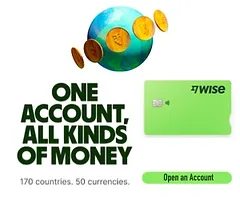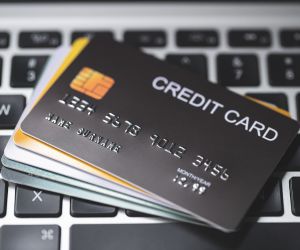BANK REWARD PROGRAMMES IN IRELAND – WHY THEY EXIST AND HOW TO BENEFIT
In Ireland, most of the major banks — including AIB, Bank of Ireland, Permanent TSB, and even digital challengers like Revolut — offer some kind of perks or loyalty incentives. These could be cashback offers, loyalty points, retail discounts, or exclusive cardholder benefits. To the average customer, it may look like the bank is being generous. But in truth, these are well-designed business tools, meant to drive card usage, boost profits, and create stickiness in a very competitive market. This article dives into how these programmes function across the Irish banking sector, what benefits you really get, and — most importantly — where the funding actually comes from.

How bank rewards work in Ireland
Reward schemes in Ireland are less flashy than in the US or UK, but they’re gaining traction. The structure is usually simple: spend money using your card (usually credit), and you’ll earn a form of cashback, points, or perks. Permanent TSB’s Explore Account gives you 10c cashback every time you tap your card (up to a cap), while AIB regularly partners with retailers for short-term offers. Bank of Ireland uses a model based on transaction data, offering “Live Life Rewards” such as discounts at Dunnes Stores or Harvey Norman.
Typical types of rewards
Tap-and-go cashback (like 10c per transaction)
Retailer-specific offers (3–15% discounts)
Seasonal promotions for travel or events
Partner rewards with platforms like Irish Life, SSE Airtricity
Exclusive offers for premium account holders
Digital-first banks like Revolut and N26 also offer perks such as discounts on subscriptions, travel cashback, and referral bonuses. These are all designed to encourage frequent usage and more data collection on your financial habits.
Why Irish banks offer free perks
To most people, these rewards seem like small thank-yous — but they’re strategic plays. In a market where switching banks is rare, any extra benefit can help a bank hold onto its customer base and increase profitability through engagement.
Business motives behind rewards
Increase transaction volume and merchant fees
Collect behavioural data for cross-selling
Improve customer retention (reduce churn)
Drive users toward digital channels (which cost less)
Create psychological commitment via perks
In essence, it’s not about giving away money — it’s about nudging you to use their products more often, so they earn more off your usage than they pay out in rewards. The psychology of getting “something for nothing” makes people more loyal, even when better deals might be available elsewhere.
Where the funding actually comes from
So who pays for your 10c cashback or your Dunnes discount? Technically, you do — either directly through fees or indirectly through your spending patterns. Banks design these systems to make sure they never lose money, and in fact, often profit more.
Key revenue sources that fund rewards
Merchant fees every time you use your card
Interest from unpaid credit card balances
Partnership deals with retailers (who pay for exposure)
Breakage: rewards or points that expire unused
Monthly or annual account fees tied to benefit access
The cost-benefit balancing act
If you’re a savvy spender — using your card just enough to earn rewards but always paying off balances — you might come out ahead. But the majority either overspend to unlock offers or get charged fees elsewhere. That’s where the real funding comes from. Banks do the maths — and the margins still work out in their favour.








